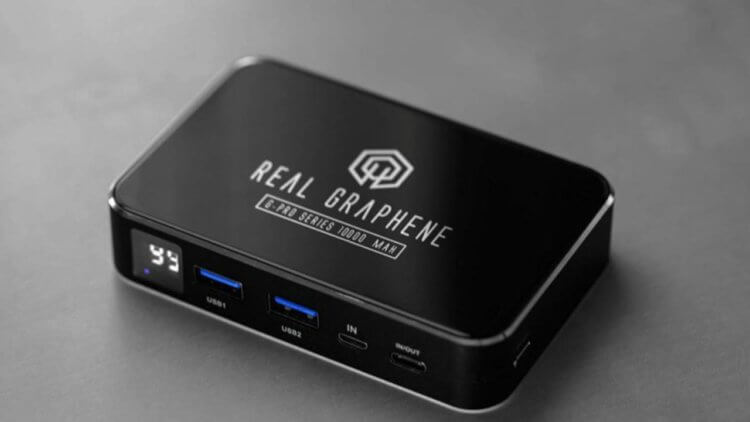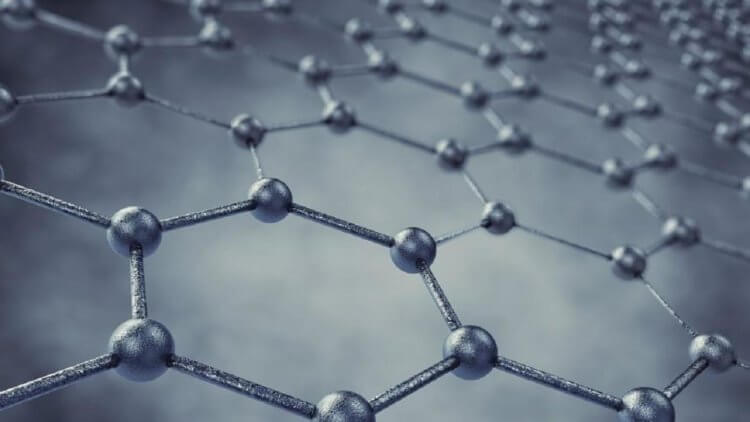We have already touched upon the topic of graphene batteries in many articles. Every year we write about them, but manufacturers will not start producing smartphones with similar batteries. The fact is that while the production of such a battery is too expensive, but in the next few years, everything can change dramatically. Batteries are one of the most important factors affecting the development of the smartphone market, and indeed mobile gadgets in general. The more modern the battery and the more capacity it offers in a smaller size, the more power manufacturers can use in their phones. Thus, manufacturers of mobile processors will be able to install more efficient chipsets without worrying about autonomy.

What is a graphene battery?
In this article, we will look at graphene batteries and try to understand why they are so good. Let's start with the fact that it is already obvious that graphene batteries will replace the current lithium-ion batteries. The guys from Stanford University shared another interesting technology.
What is a graphene battery?

Carbon atoms
It is a composition of carbon atoms closely linked in a honeycomb structure. And the size of a two-dimensional structure is equal to the thickness of just one atom. Such a 2D structure has good electrical and thermal conductivity, it is very flexible, the atomic connections are strong enough, and they are lightweight. The main problem is how to reduce the cost of production of such thin layers.
In graphene batteries, as in lithium-ion batteries, there are two conductive plates covered with a porous material and immersed in an electrolyte solution. However, the technology, although it seems similar, has better characteristics. Graphene batteries conduct electricity better. This allows them to be charged noticeably faster. Better thermal conductivity will heat up these batteries less, which will increase their service life. In addition, graphene batteries are lighter and thinner with identical capacity.
Lithium-ion batteries can hold 180 watt-hours, while graphene batteries offer 1000 watt-hours. In simple words, the power of graphene batteries is much higher.
Manufacturers will not immediately use all-graphene batteries. Most likely, hybrid solutions will be presented on the market first: when graphene will be used in lithium-ion batteries to improve the performance of the cathode conductor.
Graphene battery smartphones
The presence of a graphene battery in the device will mean 60% more capacity with identical dimensions, less heating during charging, such batteries will not lose capacity even after 2 years of use, charging will occur evenly, and not like now, when you need to wait for a whole an hour to charge the phone from 80% to 100%. The charging itself will be noticeably faster.
Thus, graphene batteries could revolutionize the smartphone and electric car market. It is now profitable for companies to invest in making these solutions cheaper because they can significantly improve the performance of phones and their lifespan, as well as increase the battery life of electric vehicles.
It is interesting to know your opinion. How do you like graphene batteries? Do not forget also about the Telegram chat.
